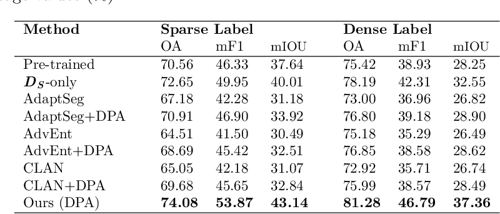

Creating Clusters of Expertise teams of instrument experts to perform the assessment focusing on specific instrument domains covering high-resolution and very-high resolution optical, SAR sensors, atmospheric missions and AIS & RF missions.
#EARTHNETS SERIES#
Performing Early Data Quality Assessments on a series of ‘New Space’ instruments and missions, based on the defined best practice guidelines.Evolving the Quality Assurance (QA) framework and best practice guidelines that were generated during the pilot and developing new frameworks aligned to QA4EO guidelines in the case of Atmospheric and Digital Elevation Models (DEMs) –> Best Practice.The EDAP+ service is responsible for the following: In this context and building upon the work done by its pilot predecessor project (EDAP – 2018-2021), EDAP+, headed by Telespazio UK, provides a consortium of expertise to assess data quality and the suitability of individual missions for this purpose, as well as to establish dialogue with the various mission providers to improve the overall coherence of the EO system. ESA aims to foster cooperation and collaboration not only with other national space agencies, but also with these ‘New Space’ players, with the intention to integrate some of these non-ESA missions (Third Party Missions) into their long-standing Earthnet Programme. The study was published in the journal Nature Astronomy.Recent availability of low-cost small satellites and innovation of constellations has resulted in an increasing number of commercial companies having established information services fed by their own satellite systems. They add that another interesting line of research is to search for X-ray transits in Milky Way X-ray sources to discover new nearby planets in unusual environments. Researchers will search the archives of both Chandra, which has substantial datasets for some 20 galaxies, and European Space Agency satellite XMM-Newton, for more exoplanet candidates in other galaxies. And in the future, the companion star could also explode as a supernova and blast the planet once again with extremely high levels of radiation.

If the planet does exist, experts say that it would have had to survive a supernova explosion that created the neutron star or black hole. “And because of the uncertainties about how long it takes to orbit, we wouldn’t know exactly when to look.” “Unfortunately to confirm that we’re seeing a planet we would likely have to wait decades to see another transit,” co-author astrophysicist Nia Imara, of the University of California at Santa Cruz, said in a statement. Due to its large orbit, the planet candidate would not cross in front of the binary partner for another 70 years, meaning it could take decades to confirm the observation. However, researchers will have to wait a long time to confirm whether they have discovered an extragalactic exoplanet. This allows exoplanets to be detected at much greater distances. The region creating bright X-rays is small, and so a planet passing in front of it would be easy to spot, as it would block most, or all, of the X-rays.

Ryan Foley/UC Santa Cruz/ESA/NASAĮxplosive star death witnessed by Hubble could help develop an early warning system These observations allowed researchers to understand what was happening to the star just before it died, and may provide astronomers with an early warning system for other stars on the brink of death. Hubble probed the material very close to the supernova that was ejected by the star in the last year of its life. Along with other space- and ground-based telescopes, Hubble delivered a ringside seat to the first moments of the ill-fated star's demise, giving a comprehensive view of a supernova in the very earliest stage of exploding. Researchers quickly trained NASA's Hubble Space Telescope on the aftermath. Astronomers recently witnessed supernova SN 2020fqv explode inside the interacting Butterfly galaxies, located about 60 million light-years away in the constellation Virgo.


 0 kommentar(er)
0 kommentar(er)
